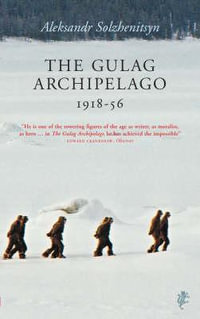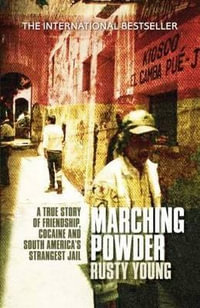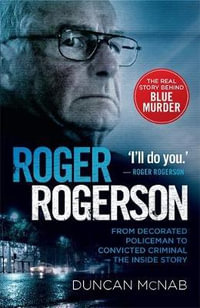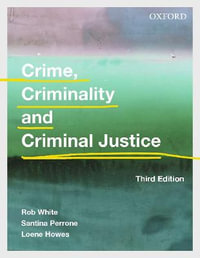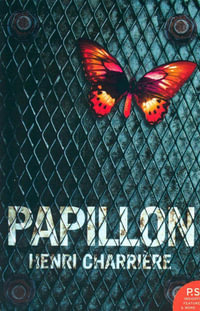This book assesses the implications of how children and young people are represented in print media in a post-conflict transitioning society. Gordon analyses how children and young people's perceived involvement in anti-social and criminal behaviour is constructed and amplified in media, as well as popular and political discourses. Drawing on deviancy amplification, folk devils and moral panics, this original study specifically addresses the labelling perspective, and confirms that young people are convenient scapegoats - the negative reputation ascribed invariably diverts attention from the structural and institutional issues inevitable in a society accommodating a transition from conflict. Alongside content analysis from six months of print media and a case study of what was represented as youth involvement in `sectarian' rioting, this book also provides analysis on interviews with editors, journalists, politicians, policy makers, and a spokesperson for the Police Service of Northern Ireland. Noting the importance of prioritising the experiences of children, young people and their advocates, this timely and engaging research will be of specific interest to criminological, sociological and legal scholars; students of criminal justice, criminology, socio-legal studies, sociology, social policy, media studies, politics and law, as well as media professionals and policy makers.
Industry Reviews
"This is a remarkable and unusual book, in drawing directly on the voices of children and young people from a group subject to particular attention in the news media, as well as the views of representatives of the media and of relevant children's organizations. ... This book is highly recommended as a contribution to studies in youth criminology and transitional justice, and is also of interest more widely in respect of children's rights and the role of the media." (Julie Doughty, Journal of Law and Society, Vol. 46 (1), March, 2019)
"The book has a coherent structure, mixes objectivity with obvious (and appropriate) passion and combines detail with readability. It is both a valuable addition to the literature on youth crime and justice and contributes more broadly to a critical understanding of the place of children and young people in contemporary society. It deserves a wide readership." (Tim Bateman, Children & Society, Vol. 32, 2018)




